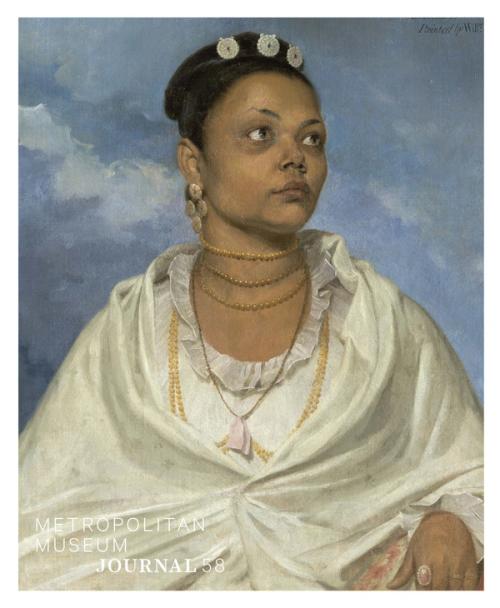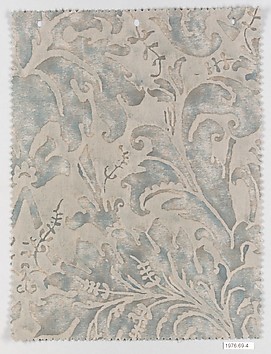Search / All Results
720 results for mariano fortuny
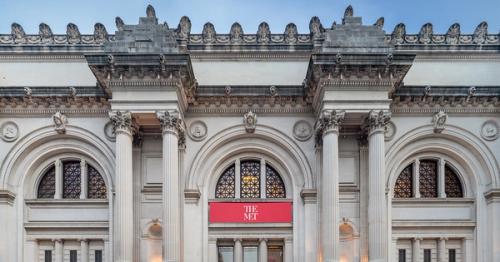

Publication
Mitsou: Forty Images

editorial
Before Fortune-Telling: The History and Structure of Tarot Cards
April 8, 2016
By Tim Husband
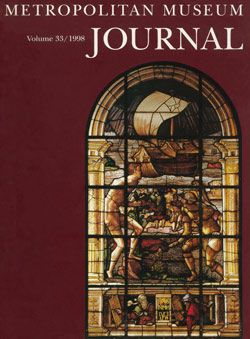
Publication
"Dendur: The Six-Hundred-Forty-Third Stone"
Press Release
Late Antique Textiles and Modern Design


Essay
Venice and the Islamic World: Commercial Exchange, Diplomacy, and Religious Difference
March 1, 2007
By Elizabeth Marwell, Trinita Kennedy, and Stefano Carboni

Essay
Assyria, 1365–609 B.C.
October 1, 2004, revised April 1, 2010
By Department of Ancient Near Eastern Art
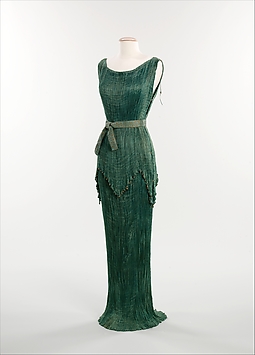
Art
"Peplos"
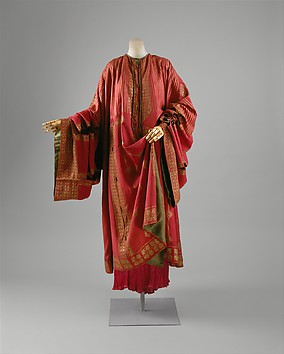
Art
Caftan

Art
"Delphos"

Art
"Peplos"

Art
"Delphos"

Art
"Delphos"

Art
"Delphos"
Art

